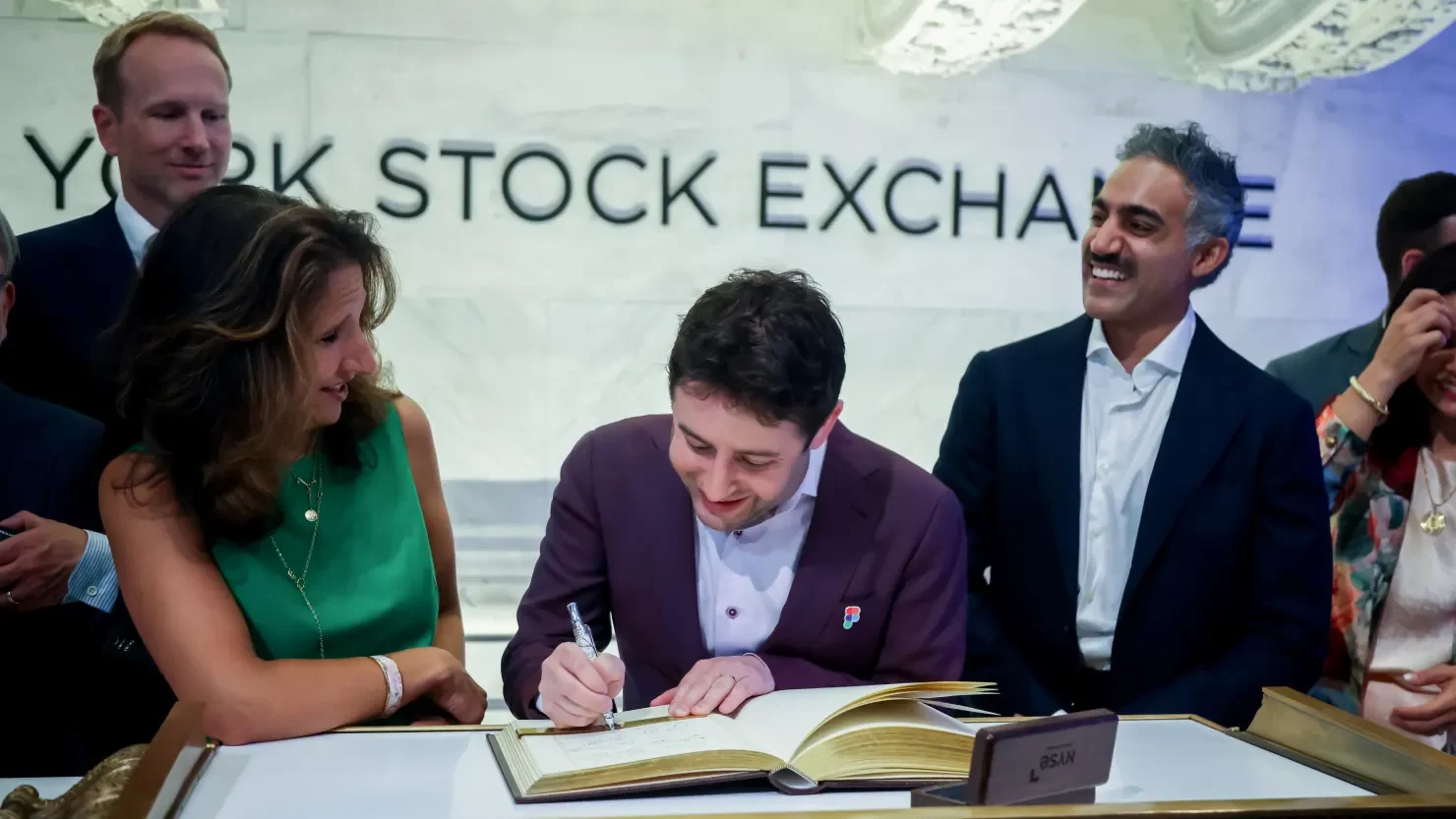From study hall to Silicon Valley — Dylan Field’s rise as Figma’s CEO shows why outcomes, not pedigree, are the signal worth watching
From study hall to Silicon Valley — Dylan Field’s rise as Figma’s CEO shows why outcomes, not pedigree, are the signal worth watching.
At 19, Field took a Thiel Fellowship and dropped out of Brown to build Figma — reimagining design in the browser instead of as a standalone app. Today, the company carries a ~$68B market cap.
Field holds a personal stake north of $6B — and retains majority voting control through a dual-class share structure.
Leadership signals we track:
→ Employees stayed through the failed $20B Adobe acquisition — after regulators dragged approval out and demanded concessions
→ Field responded by doubling R&D investment, expanding products from 4 to 8 in a single year — and revenue growth followed
→ Field listens, adjusts quickly, and stays humble — traits that built loyalty among “Figmates” and shaped a culture durable enough to withstand shocks
Shares tripled on the IPO. Yes, luck played a part. But it reflected years of disciplined execution. Field improved his odds by turning feedback into clarity and making the right structural bets — on products, governance, and capital allocation.
At Eagle Talon, we study CEOs and companies through a leadership lens:
→ How they reallocate capital when conditions shift
→ If vision extends beyond products into governance and culture
→ Whether past behaviors and adaptability point to clarity that can scale
We often back leaders who reinvest when the market is distracted by short-term optics. It doesn’t guarantee success. But it aligns capital with conviction in a way only disciplined leadership can.
🔗Read the full article: Figma CEO’s Path From College Dropout and Thiel Fellow to Tech Billionaire

